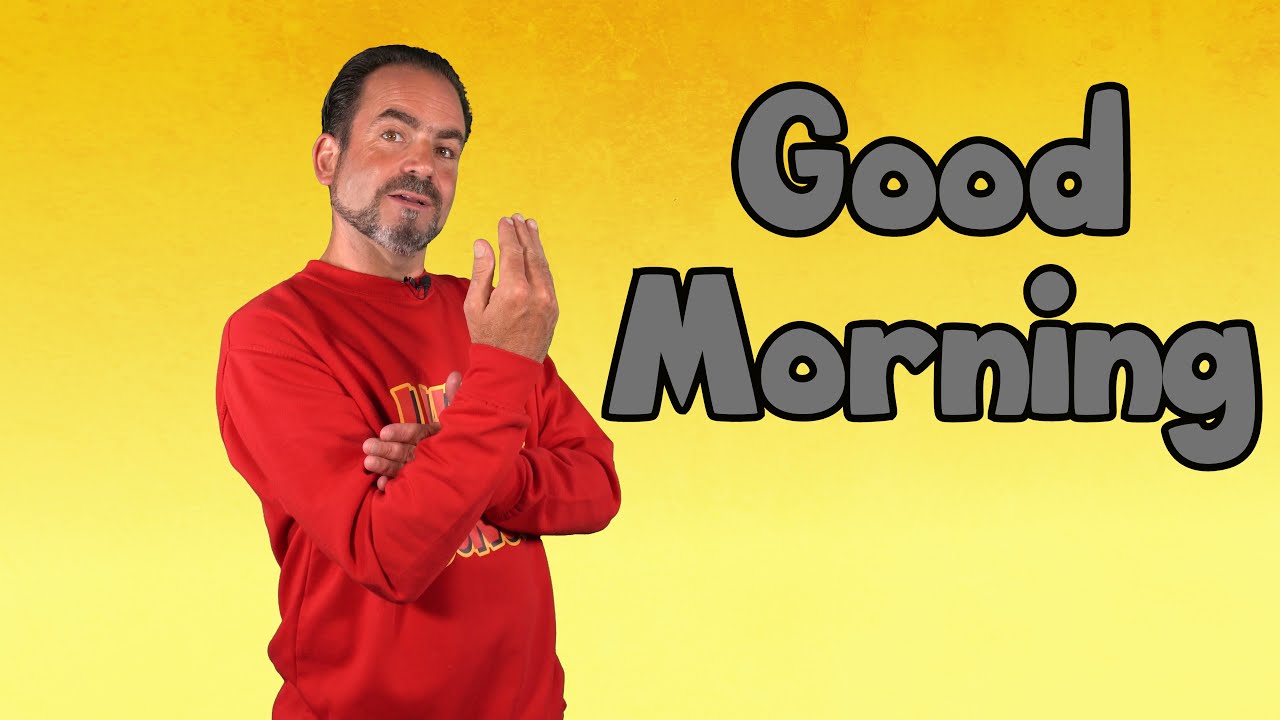Good Morning in sign

How to Say “Good Morning” in Sign Language: A Guide to Start Your Day with a Smile
Good morning! Are you looking to brighten someone’s day with a warm greeting? Learning how to say “Good Morning” in sign language is a wonderful way to connect with the deaf and hard-of-hearing community. At GoodMorningWishes.net, we believe that spreading positivity and kindness can start with something as simple as a greeting. In this blog post, we’ll explore how to say “Good Morning” in American Sign Language (ASL) along with some helpful tips for incorporating it into your daily routine.
Understanding the Basics of ASL
Before we jump into the sign for “Good Morning,” let’s take a moment to understand the basics of American Sign Language. ASL is a visual language that uses hand signs, facial expressions, and body language to convey meaning. It’s important to remember that ASL is not a direct translation of English; rather, it has its own grammar and structure.
The Sign for “Good Morning”
Good: To sign “good,” start with your dominant hand in a flat position (palm facing up) and bring it toward your chin. Then, move your hand slightly away from your face.
Morning: To sign “morning,” place your non-dominant arm in front of you, parallel to the ground, with your palm facing down. With your dominant hand, mimic the motion of a sun rising by placing it under your non-dominant arm (representing the horizon) and moving it upwards.
When combined, these two signs create the phrase “Good Morning.” Practice this with a smile and positive facial expressions to convey warmth and friendliness.
Incorporating Sign Language into Your Daily Life
Practice Regularly: Just like any language, regular practice is key. Spend a few minutes each day practicing your signs, and try to incorporate them into your morning routine.
Use in Conversations: Whenever you greet someone in the morning, try using the sign for “Good Morning.” This not only helps you practice but also raises awareness about the importance of inclusivity.
Teach Others: Share your knowledge of sign language with friends and family. Teaching others creates a more inclusive environment and promotes understanding.
Engage with the Community: Consider attending local events or classes where you can meet and interact with members of the deaf community. This is a great way to improve your skills and learn more about their culture.
The Importance of Inclusivity
Using sign language to say “Good Morning” is more than just a fun skill; it’s an essential step toward inclusivity. By making the effort to learn and use sign language, you are showing respect and kindness to those who communicate differently. In a world that often feels divided, small gestures of understanding can make a significant impact.
Conclusion
Now that you know how to say “Good Morning” in sign language, why not start your day by greeting someone with it? At GoodMorningWishes.net, we celebrate the power of positivity and believe that every morning holds the potential for new beginnings. By incorporating sign language into your greetings, you can spread joy and foster connections in a meaningful way.
Thank you for reading! Keep the good vibes going, and remember that a simple “Good Morning” can brighten someone’s day. For more inspiring morning wishes and ideas, check out our website!
By focusing on the importance of inclusivity and providing practical tips, this blog post aims to engage readers while optimizing for search engines. The use of relevant keywords, such as “Good Morning,” “sign language,” and “ASL,” ensures that the content is discoverable for those looking to learn more about this topic.













